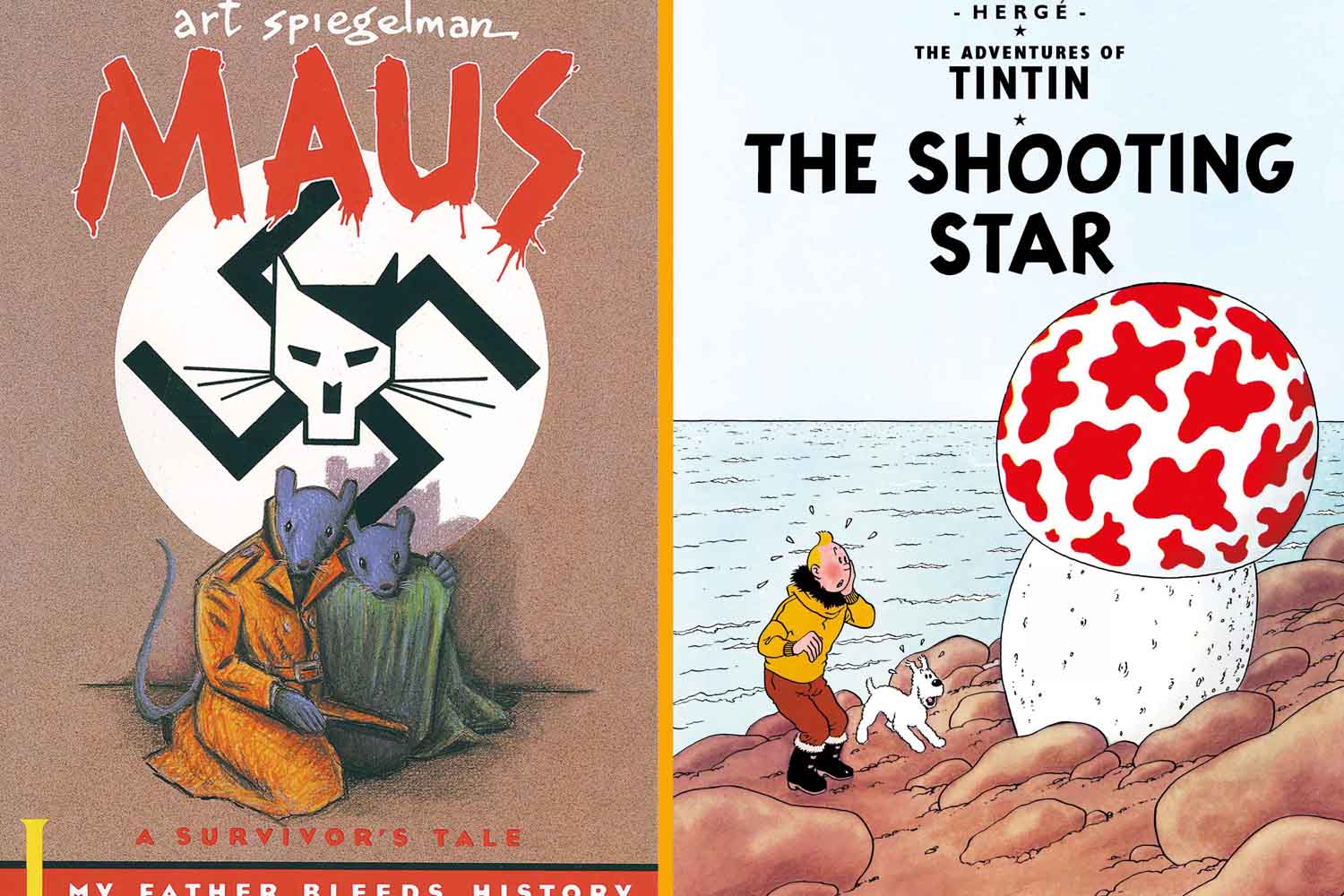Reading comic books can be an effective way to increase literacy, as they often feature engaging stories and colorful illustrations that can hold a reader’s attention. Additionally, comic books can help to improve reading comprehension, vocabulary, and critical thinking skills.
To increase literacy through comic books, it is important to choose comics that are appropriate for the reader’s age and reading level, and to encourage them to engage with the material by discussing the story, characters, and illustrations.
It can also be helpful to provide additional resources, such as a dictionary or online resources to look up unfamiliar words and learn more about the story’s setting and characters. To increase literacy through comics, it’s also important to not limit the comic reading to just one genre, expose the reader to various genres and styles of comics.
Here are a 10 excellent examples of comic books that can be used to increase literacy:
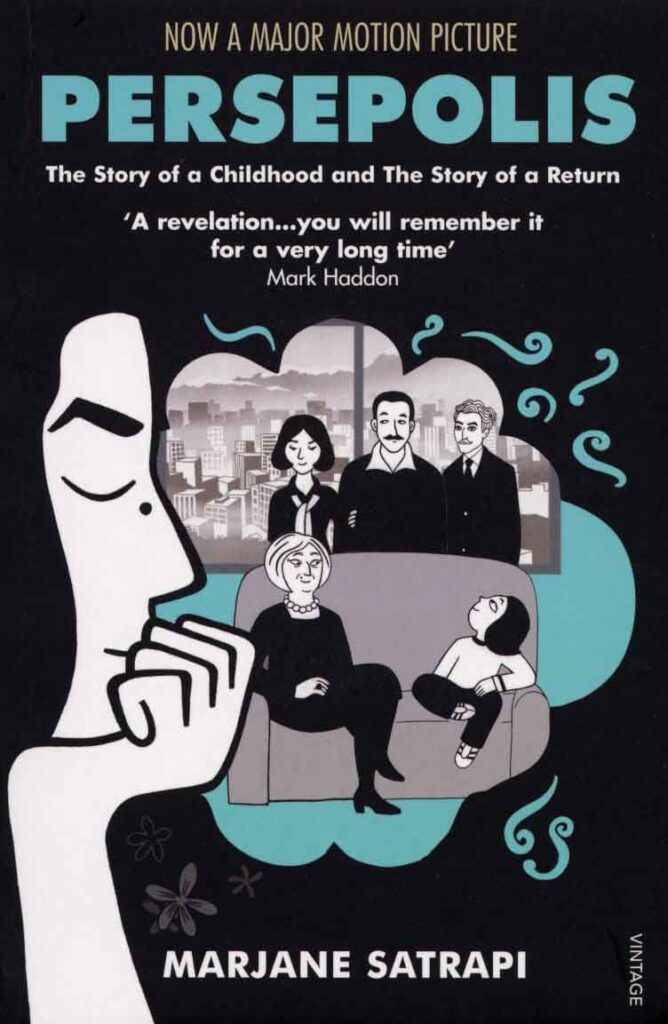
Persepolis by Marjane Satrapi
This graphic novel is an autobiographical account of the author’s childhood in Iran during the Islamic Revolution. It can be used to teach about different cultures and perspectives, as well as political and social issues.
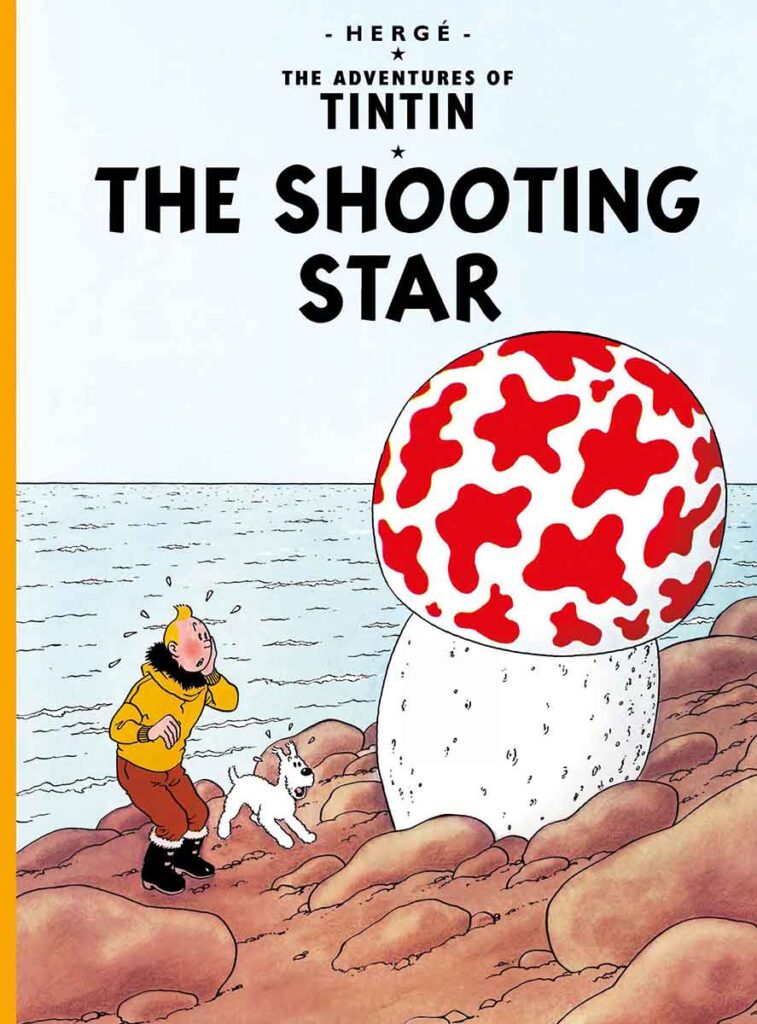
The Adventures of Tintin by Hergé
This popular comic series follows the adventures of a young reporter and his dog Snowy. The comics are available in multiple languages and can be used to teach reading skills and vocabulary in a second language.
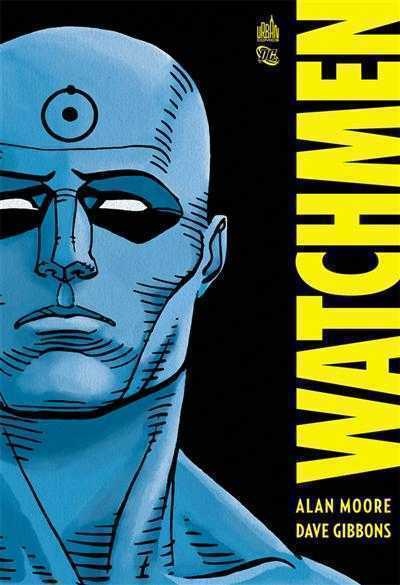
Watchmen by Alan Moore and Dave Gibbons
This graphic novel is a deconstruction of the superhero genre, and it is considered one of the greatest comics of all time. It can be used to teach critical thinking and literary analysis, as well as providing a good read for adult readers.
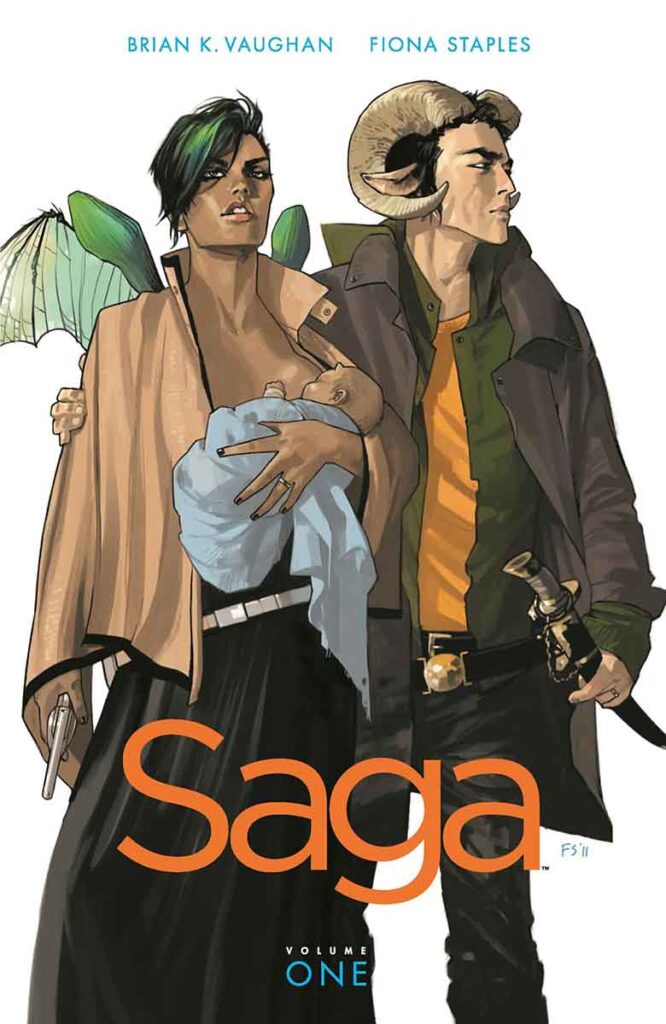
Saga by Brian K. Vaughan and Fiona Staples
This science fiction series is a mature comic that can be used to teach critical thinking and imagination, the series is also suitable for adult readers and the story is engaging.
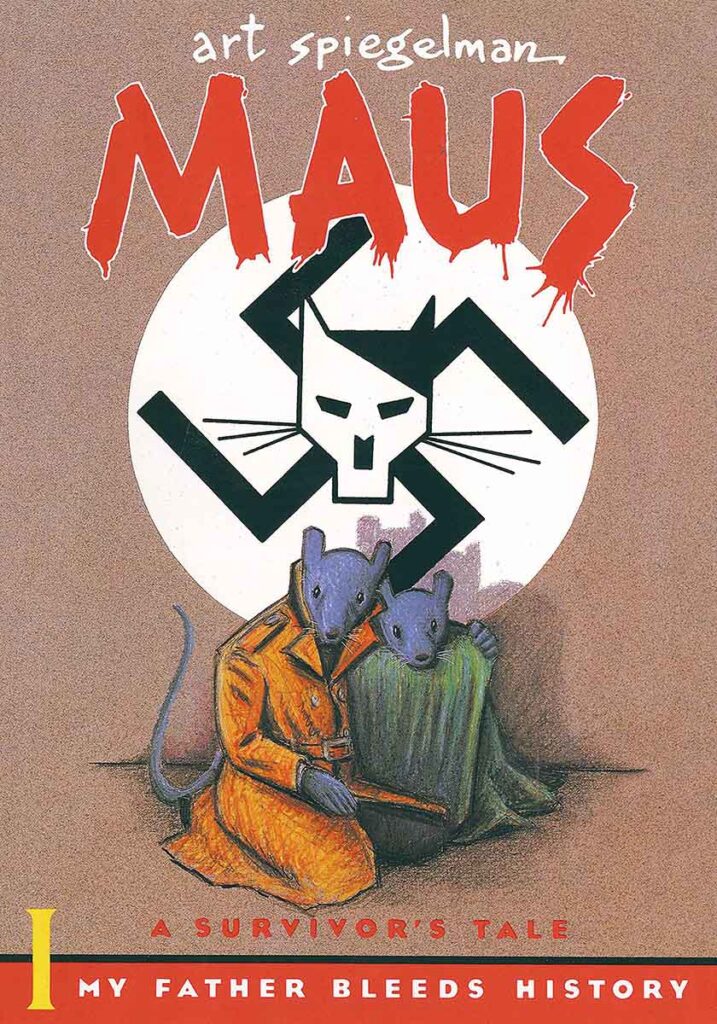
Maus by Art Spiegelman
This Pulitzer Prize-winning graphic novel tells the story of a Jewish survivor of the Holocaust and his son. The book is a powerful exploration of the human cost of war and genocide, and it can be used to teach critical thinking and empathy.
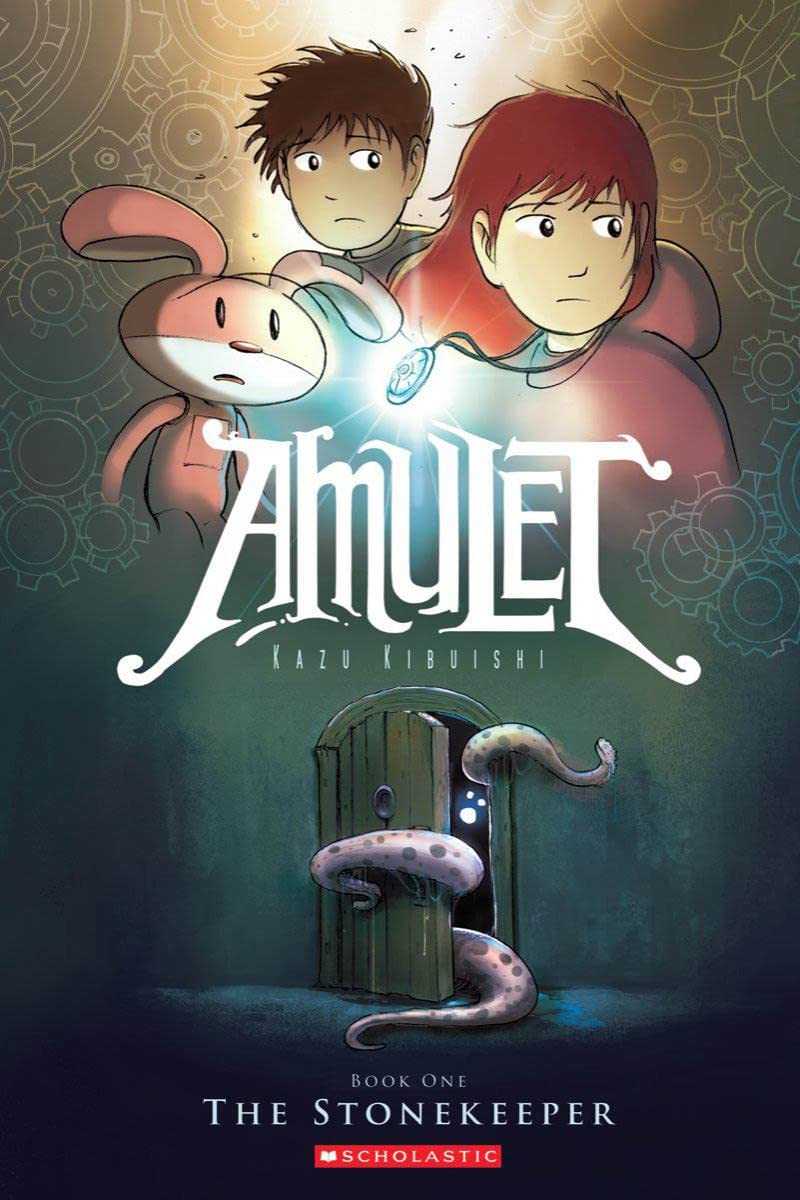
Amulet by Kazu Kibuishi
This graphic novel series is a fantasy-adventure story that can be used to teach reading comprehension and imagination. The series follows the story of Emily, a girl who discovers a magical amulet that allows her to enter a parallel world and save her mother.
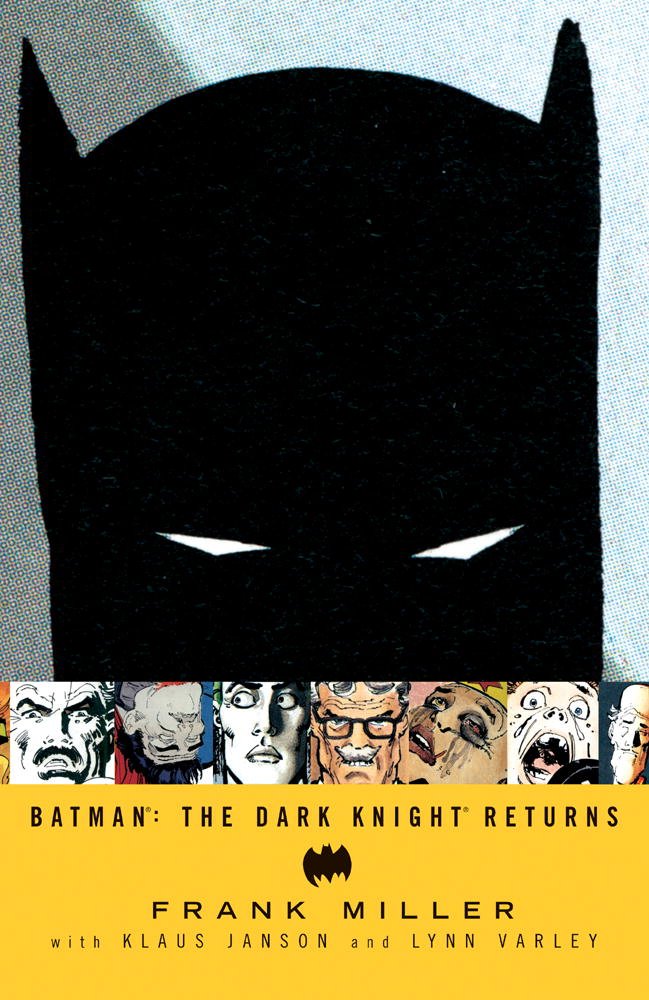
Batman: The Dark Knight Returns by Frank Miller
This graphic novel is a retelling of the Batman origin story and can be used to teach critical thinking, literary analysis and also suitable for adult readers.
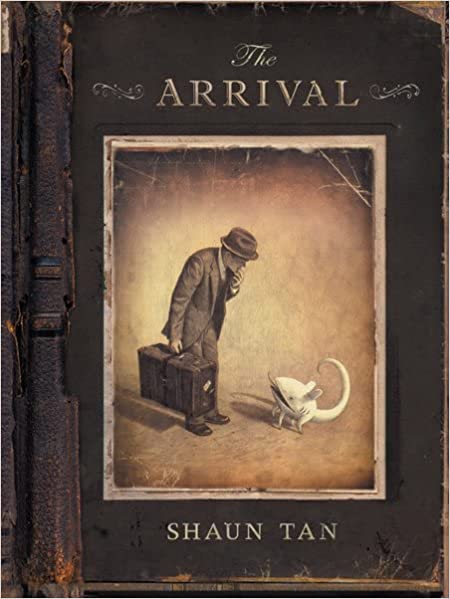
The Arrival by Shaun Tan
This graphic novel is a wordless story about a man who leaves his home country to start a new life in a foreign land. It can be used to teach about different cultures, perspectives and also teaches about emotions and feelings.
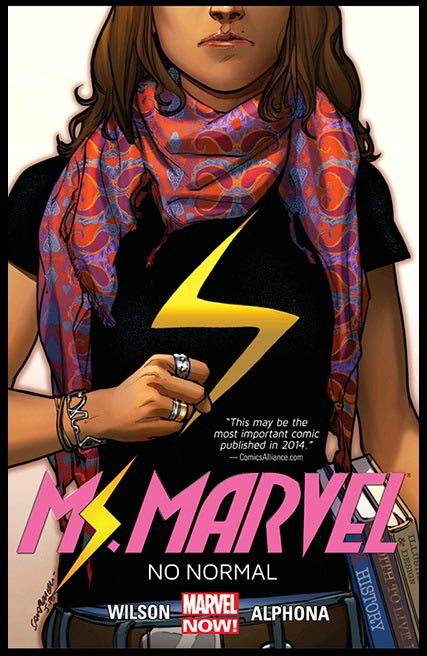
Ms Marvel by G. Willow Wilson and Adrian Alphona
This comic series follows the story of Kamala Khan, a teenage girl from New Jersey who discovers she has superpowers. The series deals with themes of identity, family, and culture and is suitable for young adult readers.
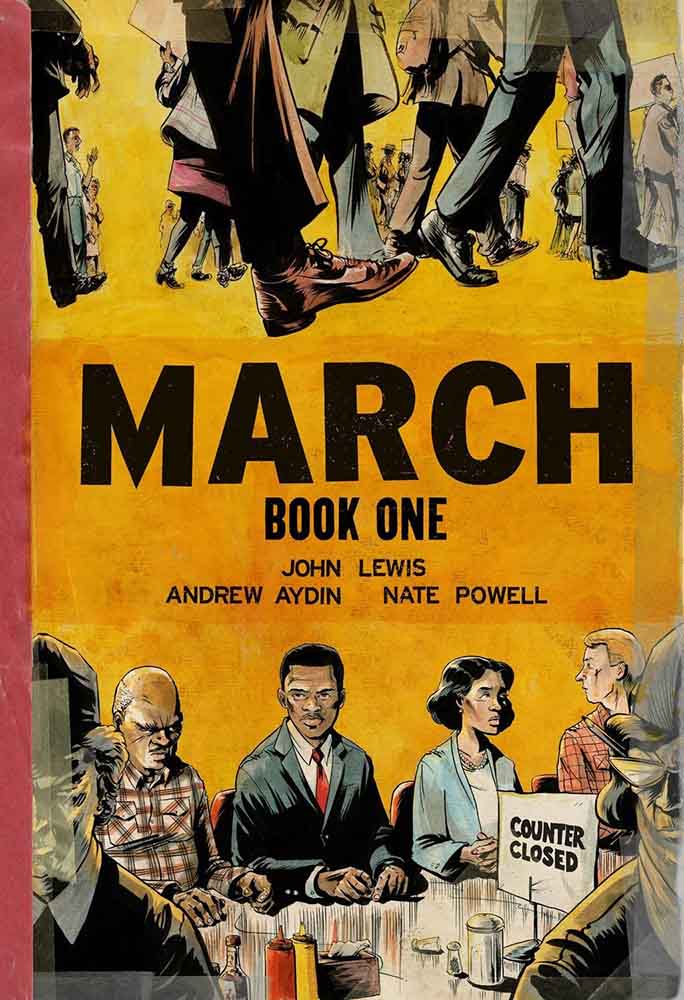
March: Book One by John Lewis, Andrew Aydin, and Nate Powell
This graphic novel is a memoir of civil rights leader John Lewis and can be used to teach about history, social issues and empathy.
*********************************************************************************
As you can see, there are many different comic books and graphic novels that can be used to increase literacy, and each one can teach different skills and expose the reader to different perspectives and cultures. It is important to find comics that are appropriate for the reader’s age and reading level and to encourage them to engage with the material by discussing the story, characters, and illustrations.
Another way to increase literacy through comic books is to use them as a tool for teaching specific literacy skills. For example, comics can be used to teach grammar and punctuation, as the text and speech bubbles provide visual examples of sentence structure and punctuation in action.
Additionally, comics can be used to teach vocabulary and idiomatic expressions, as many comics feature dialogue that is true to how people speak in real life.
Furthermore, it is important to create a positive and encouraging environment for reading comics, such as setting aside dedicated reading time, providing a comfortable reading space and recommending new comics to read. Additionally, it is a good idea to engage in discussions about the comics to encourage critical thinking and comprehension.
Another approach is to use comic books as a way to introduce children to different cultures and perspectives. Many comics feature characters and stories from diverse backgrounds and cultures, which can help children to broaden their understanding of the world and develop empathy.
Additionally, comics can be used as a tool to support language learning. Many comics are available in multiple languages and can be used to help students improve their reading skills in a second language. Additionally, comics can be used to teach the structure and conventions of different languages.
Finally, it’s also worth noting that comics are not just for children, there are plenty of comics and graphic novels that are suitable for adults, they can be a great way to get reluctant readers interested in reading.
View this post on Instagram
